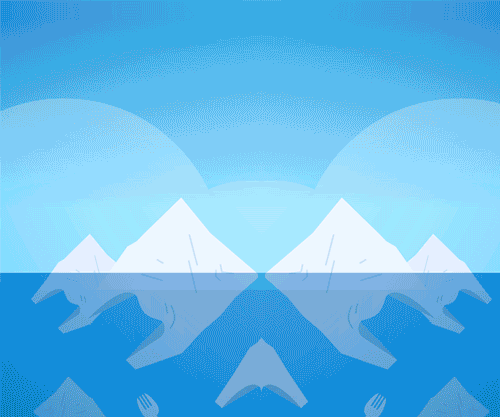
Increasing temperature threatens individual glaciers in Greenland's fjords
Scientists at the University of California, Irvine and the Jet Propulsion Laboratory of NASA have quantified how warming coastal waters affect individual glaciers in the fjords of Greenland.
Working for the last five years under the auspices of the Oceans Melting Greenland project, the researchers used ships and aircraft to survey 226 glaciers in all sectors of one of the largest islands on Earth. They found that, between 1992 and 2017, 74 glaciers located in deep, steep-walled valleys accounted for almost half of Greenland's total ice loss.
"I was surprised by how lopsided it was. The biggest and deepest glaciers are undercut much faster than the smaller glaciers in shallow fjords. In other words, the biggest glaciers are the most sensitive to the warming waters and those are the ones really driving Greenland's ice loss," stated Michael Wood, a post-doctorate researcher at NASA's Jet Propulsion Laboratory in Southern California.
Such fjord-bound glaciers have been found to be the most vulnerable to undercutting, a process by which warm, salty water melts the ice from below at the bottom of the canyons, causing the masses to break apart faster than normal. In comparison, the team found that less undercutting occurred in 51 glaciers situated in shallower gullies and contributed just about 15 percent of the overall ice loss.
Greenland is home to one of only two ice sheets on Earth, the largest being that of Antarctica.
The ice in Greenland is over three kilometers thick. The massive glaciers spreading from the ice sheet steadily travel down valleys at the edges of the land mass like frozen conveyor belts, which inch into the fjords and then melt or break off as icebergs.
As the water temperature around the coast of Greenland is expected to continue to rise in the future, these results indicate that certain climate models may underestimate the loss of glacial ice by at least a factor of two if they do not account for the warm ocean's undercutting.
Maritime Business World





YORUM KAT